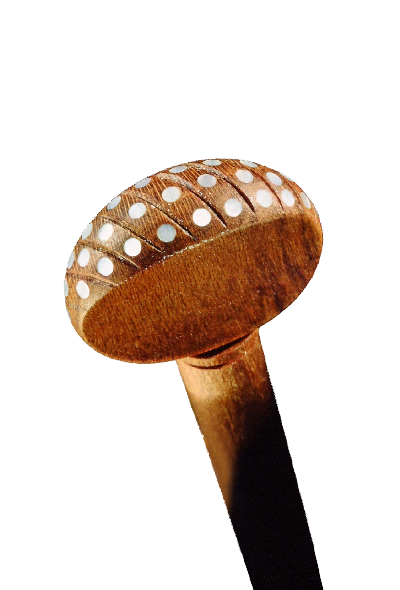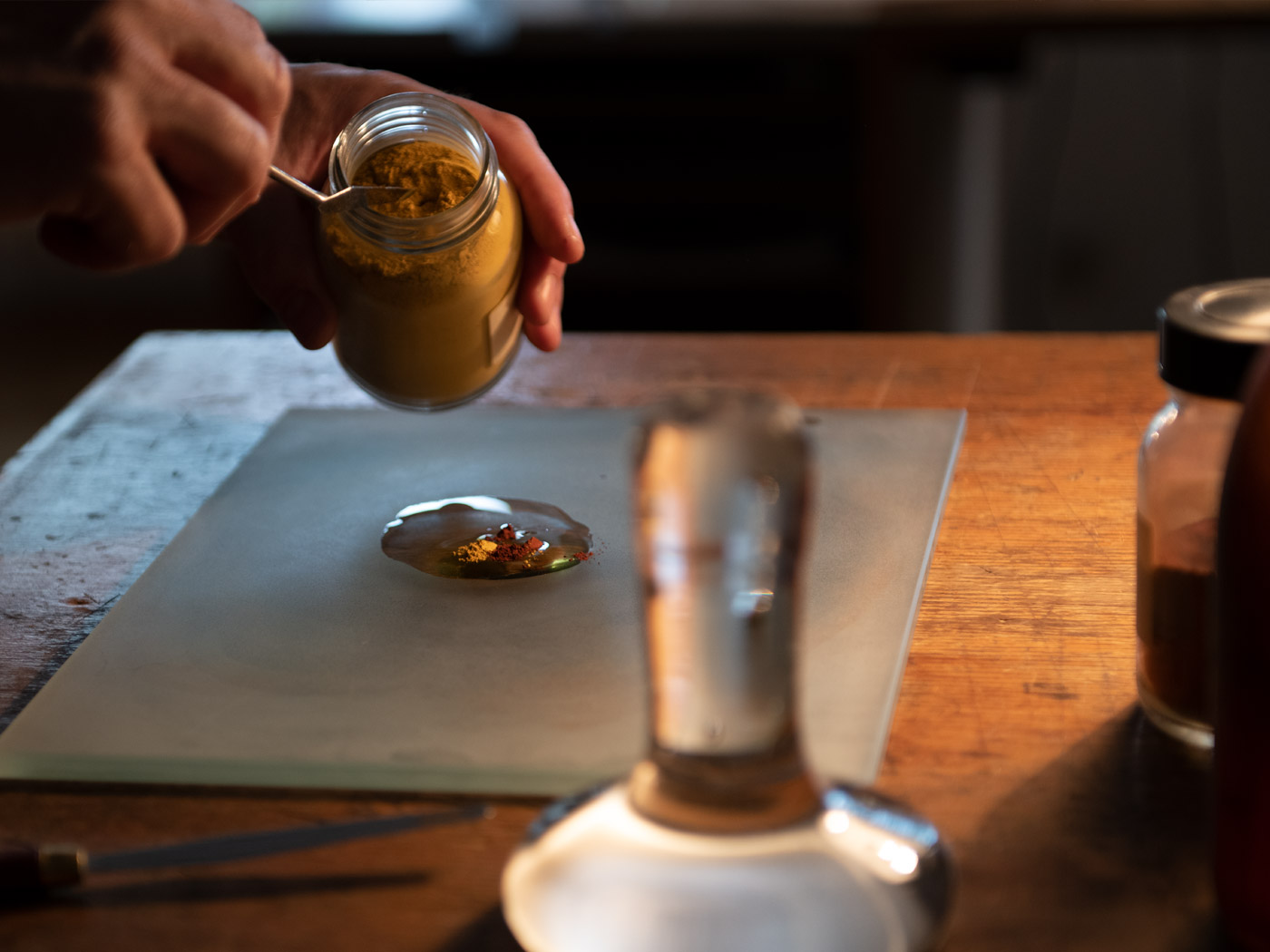
Services


In a world of excess, mass production and throwaway mentalities, enduring quality and timeless aesthetics are rewarding aims.
The innovative production process of a craftsman involves the quest for an individual language of form somewhere within the scope of the creative and physical possibilities available. In this process, it is the harmony of proportions, personal linework, surface texture and colour finish that form the basis for ensuring the original is easily recognisable as one’s own.
Just as Antonio Stradivari broke away from the design aesthetic of his successful teacher Nicolo Amati, no creative musician or conductor would ever think of wanting to sound like ...
It is with this in mind that I reject the idea of producing exact copies and instruments with a historicising appearance.
Individual requests
Regardless of whether it is an instrument or a bow, the specific needs of each individual musician will always be taken into account after an in-depth consultation. Model, wood grain, desired sound, fittings and varnish colour can all be discussed here. You are also welcome to look over my shoulder during the process.
Model
The models used are either my own designs or outlines based on historical models.
The instruments are made by hand with the utmost attention to detail, taking into account the findings from acoustic research and knowledge of historical techniques developed by various schools. It therefore goes without saying that the craftsmanship does not involve any other employees or external assistants, nor does it ever involve prefabricated parts or the milling of curvatures in the wood, inlays or edge thicknesses. Authenticity and consistent quality are therefore guaranteed.
Wood
One of the construction secrets of violin making is achieving a favourable distribution in the rigidity of component wood plains. This, in turn, makes the choice of suitable tonewood absolutely crucial. Important aspects to be taken into account here are the speed of sound conduction and the elasticity.
The woods used (spruce and maple) are all sourced from the same regions used for high-quality violin making in centuries gone by. They were either felled by me personally in the forest, acquired in partnership with established tonewood dealers, or purchased as a result of a renowned workshop closing its doors. Thanks to these sources, the studio has a fine selection of seasoned woods that meet the highest aesthetic and physical standards.
Varnish
In terms of wood preparation and varnishing, my long and extensive study of historical source texts dating from the golden period of violin making, along with my own research trips and consistent pursuit of the latest scientific research findings, enable me to expertly use only those solvents, resins, dyes and other auxiliary materials that were used in the heyday of Italian violin making – all in accordance with new insights from the present day.
No ready-to-buy products like primers, varnishes and colour solutions are ever used. The close similarity of materials to the historic original and the absence of any products with unknown agents contained in them offer a high level of protection against any negative effects.
Instruments are not made to look artificially antique, eliminating the need for any acids, bases, gases or other processes. This also removes the risk of any destruction or alteration of the wood structure and a subsequent deterioration in sound quality.
Sound
Besides its external appearance and pleasant feel, the sound quality in all its facets is the decisive parameter for every musician. Individual tonal fine-tuning and playing comfort is a top priority for me, in order to achieve the greatest possible congruity between the musician and their instrument.
It goes without saying that further fine-tuning and adjustment of the instrument is available free of charge within one year of delivery.